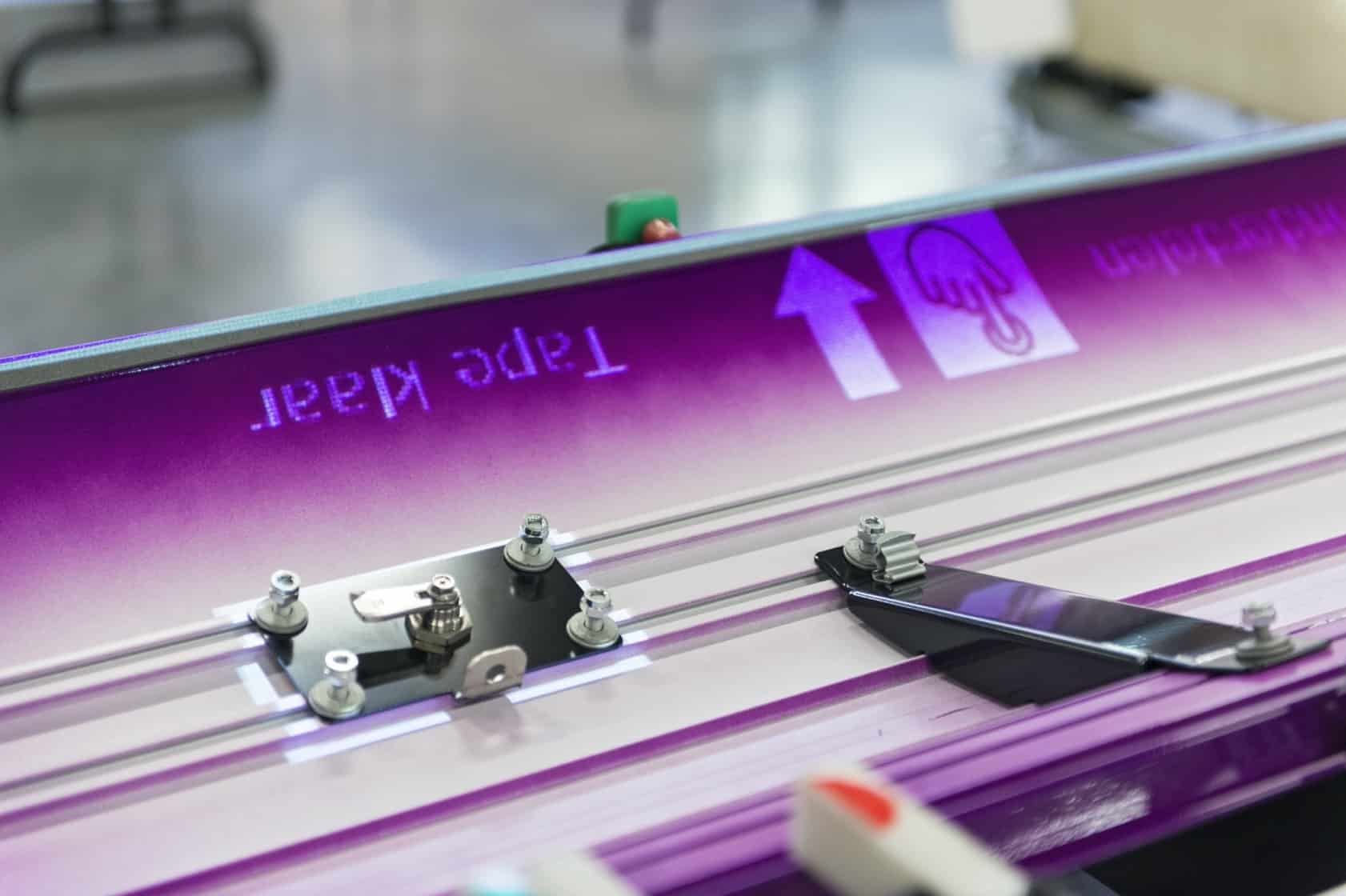Digitisation is a rapidly developing area full of opportunity for many industries and companies. However, resulting from this pace, it is challenging for policy makers and managers to identify new advancements, opportunities and concerns in the area. In particular, the debate is fuelled by the concerns regarding the unknown effects of digitisation and the changes it will bring in the workplace (European Commission, 2017a). How does the adoption and use of digital technologies change business models, work organisation or job quality for employees? Are there specific approaches taken to facilitate the deployment of digital technology in the workplace? What are the main opportunities, risks and challenges posed by the digitisation of the workplace?
To answer these questions and more, we present here seven pointers from nine case studies conducted for the European Agency for the Improvement of Working and Living Conditions EUROFOUND. In these we investigated the adoption and use of the Internet of Things (IoT), 3D printing and Augmented/Virtual reality (AR/VR) in companies of different sizes and backgrounds throughout Europe.
Problem pull or innovation push – the reasons for new technology adoption
Over the nine case studies, there were varying reasons, approaches and strategies when it comes to the introduction of new digital technologies. Between the companies, digital technologies are either introduced to present a solution to a specific problem, or based on innovative exploration of possibilities – roughly equivalent to a top-down approach of technology introduction versus ideas being supplied bottom-up. The technologies offer solutions to different challenges: from a reduction in the availability of skilled (technical) employees, to efficiency needs, to resilience in a field of larger competitors. Overall, 3D printing is used in manufacturing companies to increase their value proposition while AR/VR and IoT are mostly used to increase internal efficiency.
Size does matter – for introducing digital technologies in a company
When comparing introduction strategies, large companies tend to have a more controlled and formalised process than small establishments, where the introduction procedure happens more organically. This becomes apparent in the involvement of employees during the introduction. While in small establishments, employees work directly with management, larger companies make use of pilots, test teams and formal channels for information. After technologies are introduced, employee training is frequently formalised and carried by external providers in larger firms. In contrast, smaller companies rely on experienced employees to share skills with other team members. Lastly, not all digital technologies are ready to be applied by enterprises of all scales. Smaller companies that do not have the opportunity to invest much capital in development and testing therefore require advanced and easy to implement solutions. As a result, collaboration with technology suppliers rather than investment in/development of digital technologies directly can be a more resilient pathway for small and medium enterprises.
Business model and work organisation – small adjustments rather than radical changes
Digital technologies allow firms to keep pace with the market, expand the scope of the existing business model or combat reduced supply of employees on the labour market. Radical changes to business models resulting from digitisation were not found.
Similarly, few radical changes happen to the organisation of work. Rather, digital technologies are mostly a new tool at the disposal of employees to fulfil their tasks. Especially IoT and AR/VR made processes smarter, simpler and easier to optimise. As a result, employees are able to carry out more complex tasks than before, which enhances the business proposition of the manufacturing companies. At the same time, these technologies give interested employees room for specialisation, allowing for career opportunities.
Digital technologies and job quality – a double edged sword
Overall, job quality increases in the establishments after the introduction of digital technologies. Employees appreciate the increased efficiency of their work and take pride in excellence. In addition, digitisation, such as 3D printing in manufacturing, diversifies the tasks of employees, making their daily routine more interesting. Lastly, the more streamlined work pace through technologies like IoT decreases the perceived workload of employees.
However, it is clear that the introduction of a new technology is a double-edged sword that also removes some of the freedom from employees, reducing perceived job quality. For some employees, the reduction in workload may not be appreciated, when tasks that form key characteristics for the job are made redundant. At the same time, when a primary goal such as the increase in efficiency/complexity is communicated, the employees generally understand the company need to excel.
Opportunities of digital technologies go beyond their initial use case
The range of opportunities that digital technologies present is wide and manifold. 3D printing increases the efficiency of production and expands the range of offerings through bespoke orders while reducing the reliance on external suppliers. In addition, it allows for higher precision and customisation, the freedom to print different shapes and waste reduction. AR offers opportunities for better internal communication/visualisation, training and work-aid. VR allows customers to travel less for inspection and allows maintenance experts to guide colleagues at a distance. Lastly, IoT enables companies to achieve better overview and control of processes, higher speed and predictability, as well as quality certification.
Each technology presents opportunities to companies that go beyond their initial reason for implementation. For example, 3D printing might provide spare parts in a pinch when none are available on the market. Similarly, IoT monitoring of production outputs can ensure that employees remain within their contractual agreements on working hours and do not work too much and receive proper compensation for overtime.
Low skilled workers might be bearing the highest risk of digital technology introduction
While digital technologies present many opportunities for companies throughout Europe, the case studies also show reason for caution. The implications of IoT for privacy concerns are not to be taken lightly and require oversight to ensure compliance.
Similarly, while 3D-printing and AR allow employees work on more complex projects, this comes at the risk of replacing traditional skills or becoming fully dependant on the supportive technologies. Lastly, the increase in productivity via IoT may lead to a significant reduction in the workforce. While this is not the case for all companies and technologies, we did not see a large potential for job creation through digital technologies (as communicated by the European Union). Rather, we see a shift in demand for employees, where the demand for highly trained personnel (in 3D-design, data analysis, and programming the new technologies’ software) is increasing or outpacing the inhouse training opportunities, which could pose a risk for low-skilled employees.
Digital technologies are only as good as the people using and teaching it
The willingness and capabilities of employees to use a technology are a crucial factor for its success. However, inclusion and training in digital technologies remains a challenge. Often a limited set of employees is trained who then become trainers themselves. Some companies may have a culture of learning-by-doing, rather than providing formal instructions, to which this approach lends itself. However, some industries (e.g., woodworking) remain reluctant to work with digital technologies as they change the craft. As a result, they are unlikely to educate apprentices in these digital technologies. When asked what they would think most important for a successful digital transition, many interviewees in the case studies advocated for an earlier and broader access to training in digital skills.
Image credit: by Mariasteen – Group Gidts where factory workers are supported via light guidance to assemble complex products.








